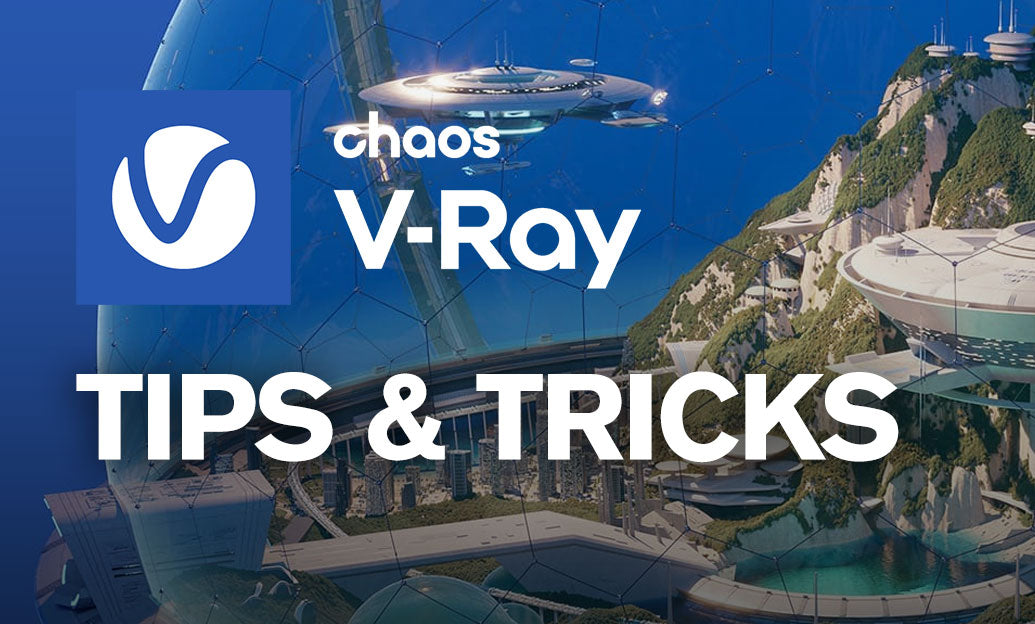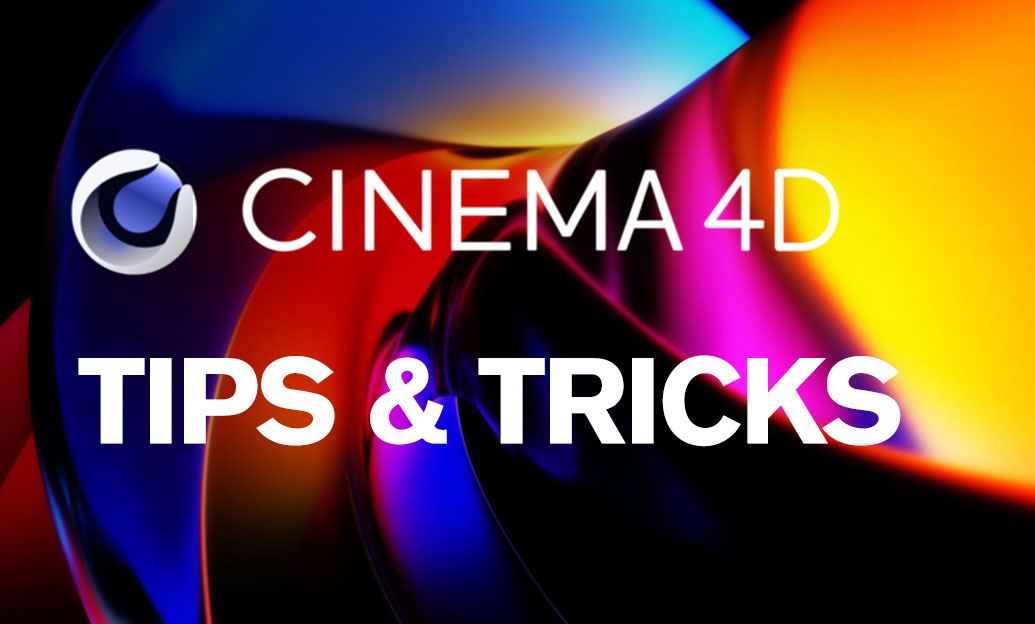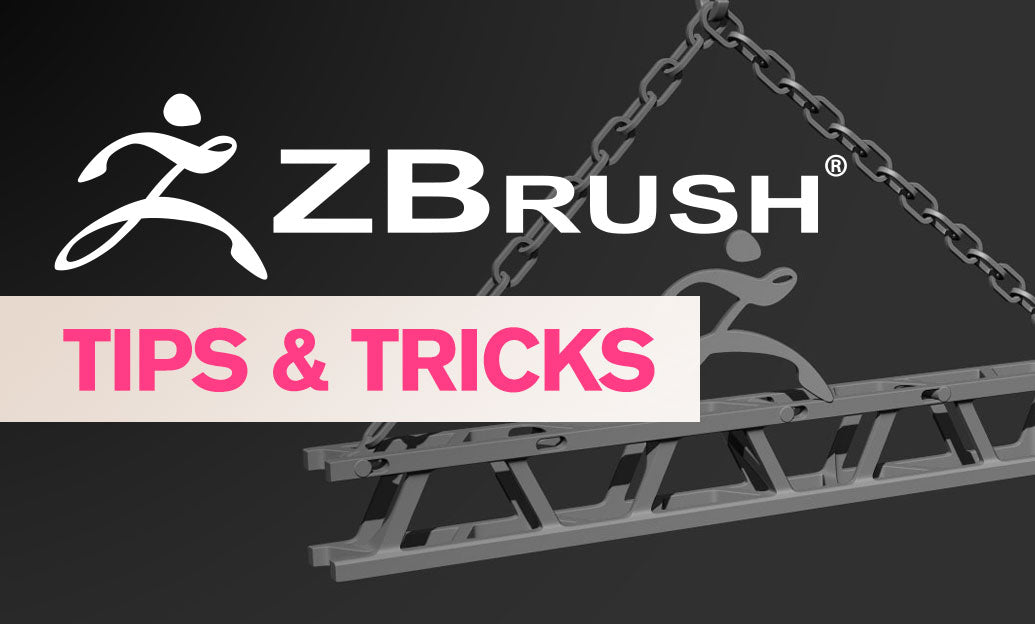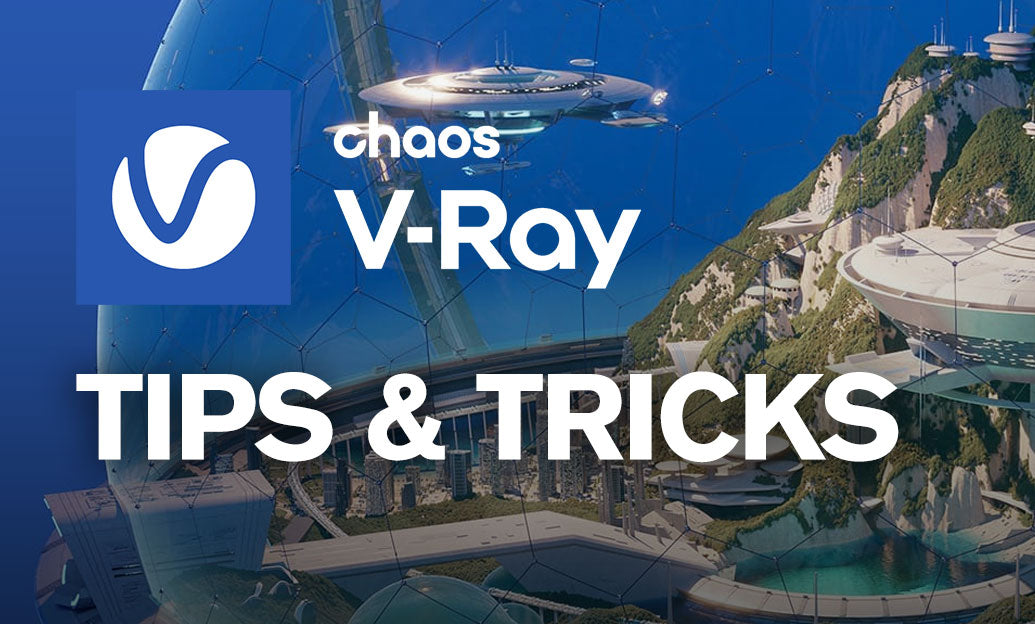Your Cart is Empty
Recent Articles
- Cinema 4D Tip: Mastering Non-Photorealistic Rendering in Cinema 4D with Sketch and Toon Module Tips
- ZBrush Tip: Mastering Armor and Accessory Creation in ZBrush Using the Extract Function
- V-Ray Tip: Mastering Global Illumination in V-Ray for Enhanced Realism in 3D Renders
- AutoCAD Tip: Optimizing Layer Management in AutoCAD: Strategies for Enhanced Organization and Efficiency
- Revit Tip: Mastering Project Lifecycle Management with Revit Phases and Novedge Resources
- Rhino 3D Tip: Optimizing Rhino 3D Workflow: Mastering File Import and Export for CAD Compatibility
- Bluebeam Tip: Maximize Project Efficiency with Bluebeam Revu's Integration Features
- Top-Down or Bottom-Up Assemblies? In Autodesk Fusion, You Can Do BOTH!
- Cinema 4D Tip: Enhancing Live-Action Footage with Integrated 3D Objects in Cinema 4D
- VFX and Chill | Toon Shading in Redshift
V-Ray Tip: Elevating 3D Scenes with V-Ray Fur: Expert Tips for Creating Realistic Textiles and Details
March 28, 2024 2 min read

Today's tip of the day focuses on harnessing the power of V-Ray Fur to create lifelike textiles and intricate details in your renders. V-Ray Fur is an incredibly versatile tool that can simulate a wide range of realistic fur, grass, and carpet effects. Here’s how you can elevate your 3D scenes:
- Start with Presets: V-Ray Fur comes with a set of presets for common fur types. Begin with these as a starting point and then tweak the parameters to suit your specific needs.
- Control Length and Thickness: Adjust fur length and thickness to achieve the desired look. Remember that shorter fur requires less density to look full, while longer fur might need more strands for a lush effect.
- Distribution: Use maps or paint directly on your geometry to control where fur appears, allowing for natural transitions and patterns within the fur.
- Bend and Curl: Real fur isn’t straight; it has natural bends and curls. Utilize the bend and curl controls to add realism to your fur. These subtle variations can drastically enhance the end result.
- Gravity: Apply gravity to the fur to simulate the effect of weight and give a more natural droop to longer strands.
- Color Variation: Rarely is fur a single color. Use multi-sub textures or vertex colors to add variation and depth to your fur, closely mimicking how natural color variations occur in the real world.
- Combining with Displacement: For short textiles like velvet, combine V-Ray Fur with a displacement map to add the micro-details that make the material come to life.
- Optimization for Rendering: V-Ray Fur is geometry heavy. To optimize render times, use it sparingly and only where high detail is necessary. You can also reduce the viewport display density to maintain performance while working.
- Lighting Considerations: Lighting can make or break your fur's appearance. Ensure adequate lighting to show off the fur's form and volume, but be mindful of how shadows can deepen color and affect perceived density.
- Testing and Previewing: Always do test renders. Fur can look very different in the viewport compared to the final render. Adjust your settings based on the test renders for the best outcome.
Implementing these tips can significantly enhance the realism of your scenes. Practice makes perfect, and experimentation is key to mastering the use of V-Ray Fur.
For more insights into V-Ray or to purchase software, visit NOVEDGE, your one-stop shop for all things related to 3D design.
You can find all the V-Ray products on the NOVEDGE web site at this page.
Also in Design News

Cinema 4D Tip: Mastering Non-Photorealistic Rendering in Cinema 4D with Sketch and Toon Module Tips
April 28, 2024 2 min read
Read More
ZBrush Tip: Mastering Armor and Accessory Creation in ZBrush Using the Extract Function
April 27, 2024 2 min read
Read More
V-Ray Tip: Mastering Global Illumination in V-Ray for Enhanced Realism in 3D Renders
April 27, 2024 2 min read
Read MoreSubscribe
Sign up to get the latest on sales, new releases and more …


